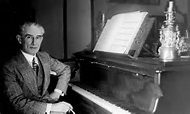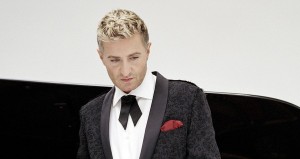IT’S TIME! Early Bird deadline is May 20. If you register on or before May 20, you will save from 10%-20% on class fees. HERE’S HOW TO REGISTER WHETHER YOU ARE ABLE TO BE AN EARLY BIRD or REGISTER LATER. Send a check made out to The Lively Foundation to The Lively Foundation, 550 Mountain View Avenue, Mountain View, CA 94041-1941 Attention: Leslie Friedman

Enclose a note listing the classes/workshops/performances for which you are paying. Include your name, street address, email address, best phone number. If you have questions for which you have not found answers in the posts on this blog, contact Lively at livelyfoundation@sbcglobal.net All events take place at the Mountain View Masonic Center, 890 Church Street, Mountain View, CA 94041. Concert tickets and entrance to workshops/classes will be available at the door as available.
Schedule and prices for all the IDF@SV 2017 classes & events:
CHOREO-CUBATOR@ meets 6:00-7:30 p.m. June 20, 22, 23, 27, 29, 30. Showcase Performance for works created by participants is June 30, 6:30 p.m. Fee: $90 Early Bird; $108 after 5/20
FULL DAY OF DANCE© June 24. Classes run from 10 a.m. to 5 p.m. Doors open at 9:30. Class schedule: 10 a.m. Tap (Audreyanne Delgado-Covarrubias), 11:15 a.m. Contemporary (Elisabeth Kindler-Abali); 12:30 p.m. Pilates mat (Amity Johnson); 2:45-3:45 Electric Line Dances (Etta Walton); 4:00-5:00 p.m. Mexican Folklorico (Arturo Magaña) Price per class reduces with each added class. EARLY BIRD: Single class$20, 2 classes $36, 3 classes $48, 4 classes $56, 5 classes $60. REGULAR PRICE: Single $25, 2 classes $40, 3 classes $54, 4 classes $64, 5 classes $70.
Arturo Magaña
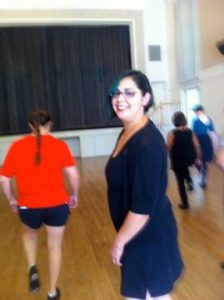 Audreyanne Delgado-Covarrubias
Audreyanne Delgado-Covarrubias
FREE COFFEE TASTING EVENT June 24, 1:30-2:30 p.m. Thanks to Don Francisco’s Coffee which is providing its fine coffee for this special event. Great time to meet other dancers, relax, and enjoy great coffee.
PHYSICAL COMEDY WORKSHOP meets 2:00-4:00 p.m. June 25. Workshop is led by Ringling Bros. trained professional clown, Megan Ivey. Fall down! Walk into walls! Have a great time. Fee: $30, bring a pal, Boy Scout, complete stranger and the second person pays $15. Great discount for you both.
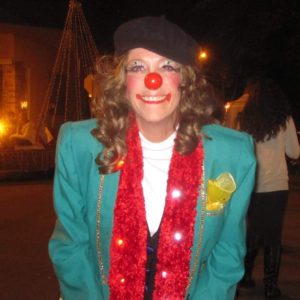 Megan Ivey
Megan Ivey
CONTEMPORARY DANCE, Technique & Repertory taught by Elisabeth Kindler-Abali, visiting artist from Berlin, Germany, will teach her dynamic technique and excerpts from her choreography. Classes meet 11 a.m. – 1 p.m. June 26, 27, & 30. Don’t miss the opportunity to work with this international artist. She returns to Berlin soon after the Festival Concert. Fees: $75 Early Bird/$85 after May 20.
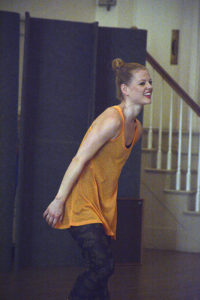 Elisabeth Kindler-Abali
Elisabeth Kindler-Abali
PERFORMANCES: Showcase Performance, 6:30 p.m., June 30, tix: $10 This performance features ALL new work, improvisations, experiments. Includes select performances from winners of the Choreography Competition.
FESTIVAL CONCERT, 3 p.m. July 1, tix general admission $20; srs. over 65 and children 10 and younger $12. Sponsor tickets $30 gives you reserved best seats and tax deductible donation. Program will include PREMIERE performances by Audreyanne Covarrubias, Elisabeth Kindler-Abali, Megan Ivey, Arturo Magaña & Ensamble Folclorico Colibri, Etta Walton leading her amazing Line Dances, plus a performance of the winner of the Choreography Competition.
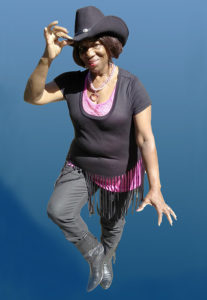 Etta Walton
Etta Walton
For more details, watch this livelyblog and facebook/the lively foundation or facebook/international dance festival silicon valley
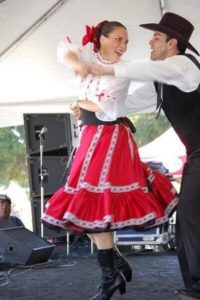 Arturo Magaña will perform on the Festival Concert, July 1st, 3 p.m. Mountain View Masonic Center, 890 Church St., Mountain View
Arturo Magaña will perform on the Festival Concert, July 1st, 3 p.m. Mountain View Masonic Center, 890 Church St., Mountain View

 Audreyanne Delgado-Covarrubias
Audreyanne Delgado-Covarrubias Megan Ivey
Megan Ivey Elisabeth Kindler-Abali
Elisabeth Kindler-Abali Etta Walton
Etta Walton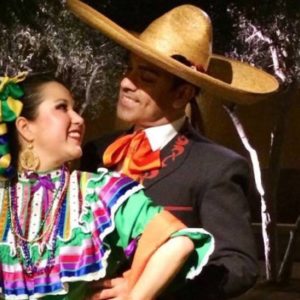 Arturo Magana
Arturo Magana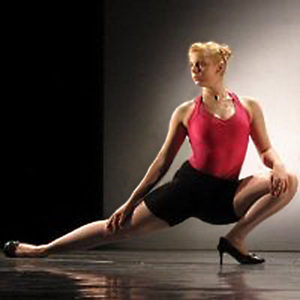
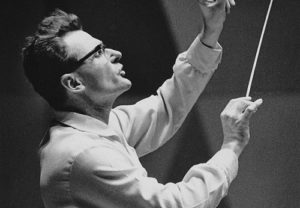
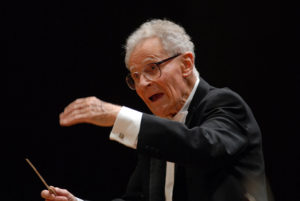
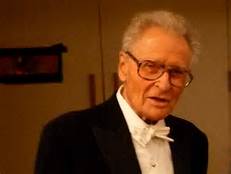
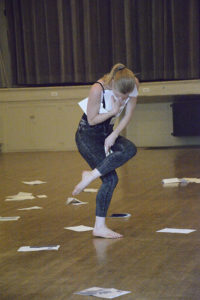 ELISABETH KINDLER-ABALI, visiting artist from Berlin, premieres “Letters Like Feathers,” by Leslie Friedman, IDF@SV Festival Concert, 2016
ELISABETH KINDLER-ABALI, visiting artist from Berlin, premieres “Letters Like Feathers,” by Leslie Friedman, IDF@SV Festival Concert, 2016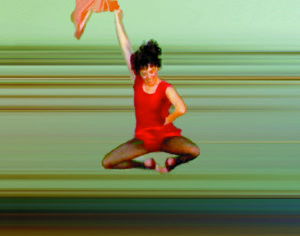
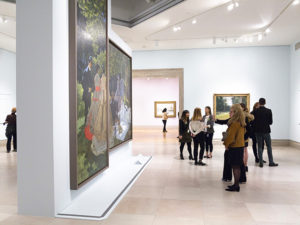
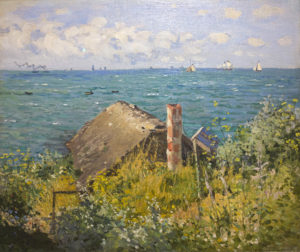 The first of Monet’s views of the sea from the perspective of an overlooking high cliff. It has a foreground that has mixed levels, grasses and undergrowth. The beat up looking hut is at a lower level than the vegetation on the hill, and the sea presents calm water in the sunlight with white sails at the horizon. It was important to Monet; he showed it in 1868 and then three more times through the next two decades.
The first of Monet’s views of the sea from the perspective of an overlooking high cliff. It has a foreground that has mixed levels, grasses and undergrowth. The beat up looking hut is at a lower level than the vegetation on the hill, and the sea presents calm water in the sunlight with white sails at the horizon. It was important to Monet; he showed it in 1868 and then three more times through the next two decades.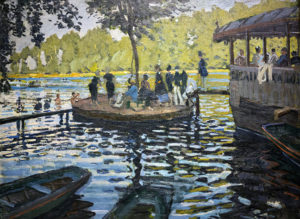
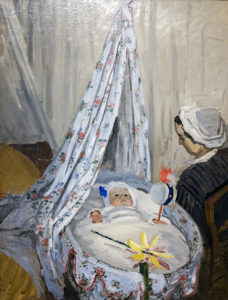
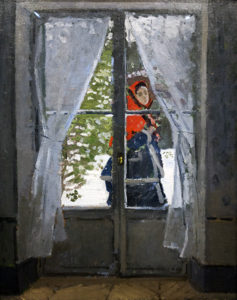
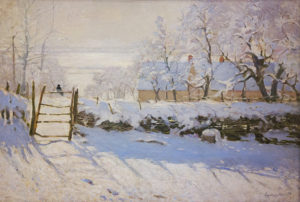
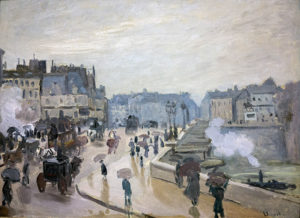 The Pont Neuf in Paris, an Impression (1872) “An impression” meant both a quick look and the result of the artist’s quick look. The small figures with umbrellas wending their way across a bridge recall the Japanese art which excited Parisian artists beginning in the 1850s. The Pont Neuf’s urban setting offers different visions according to the changing light. The slick street, the puff of smoke from a boat, the darker traffic to the side; the color reflects the movement of objects and people creating their own patterns in a cloudy world.
The Pont Neuf in Paris, an Impression (1872) “An impression” meant both a quick look and the result of the artist’s quick look. The small figures with umbrellas wending their way across a bridge recall the Japanese art which excited Parisian artists beginning in the 1850s. The Pont Neuf’s urban setting offers different visions according to the changing light. The slick street, the puff of smoke from a boat, the darker traffic to the side; the color reflects the movement of objects and people creating their own patterns in a cloudy world. 
